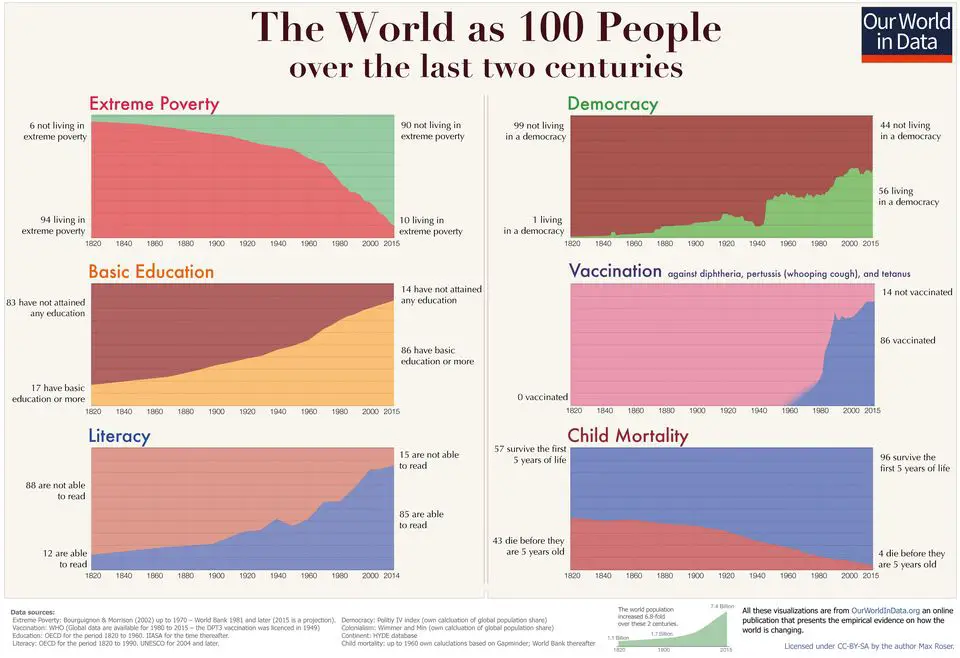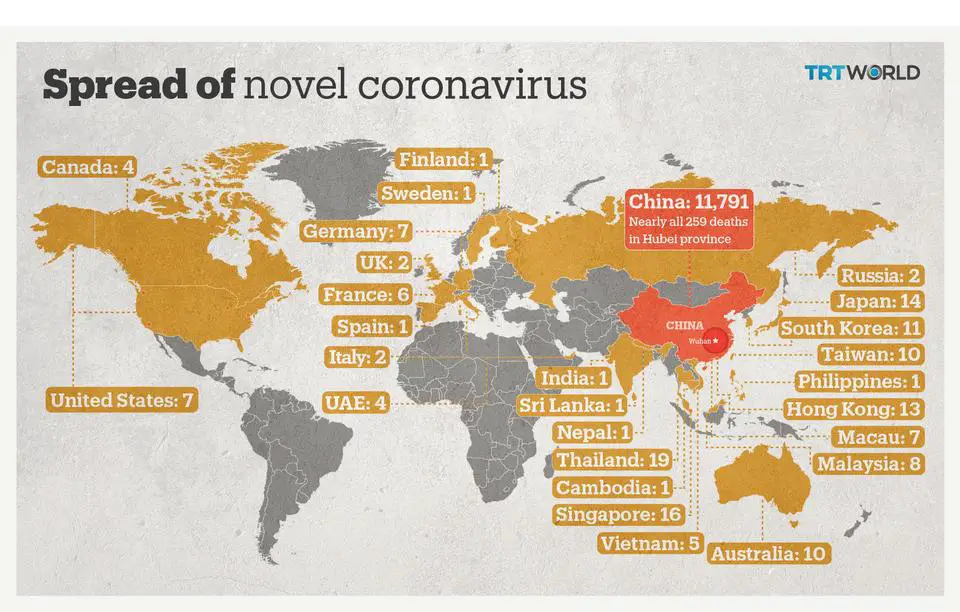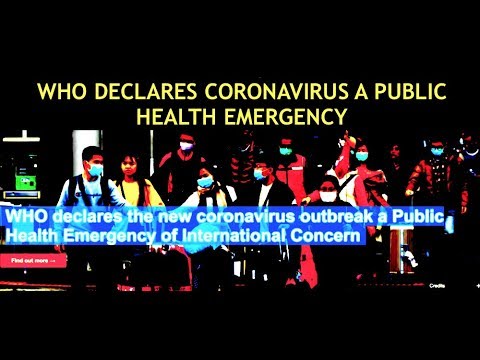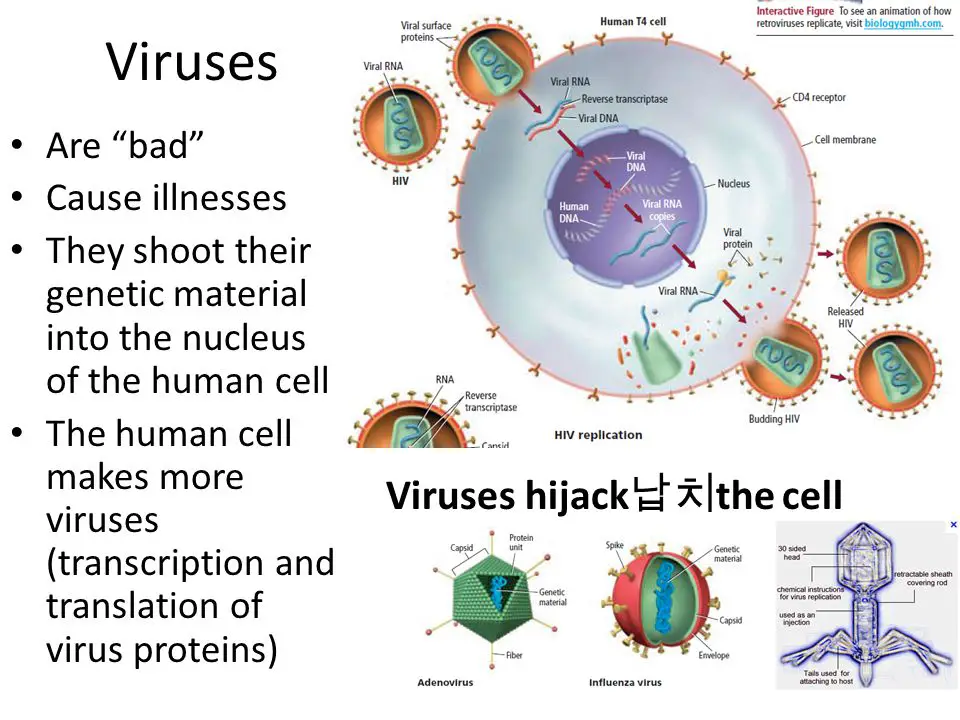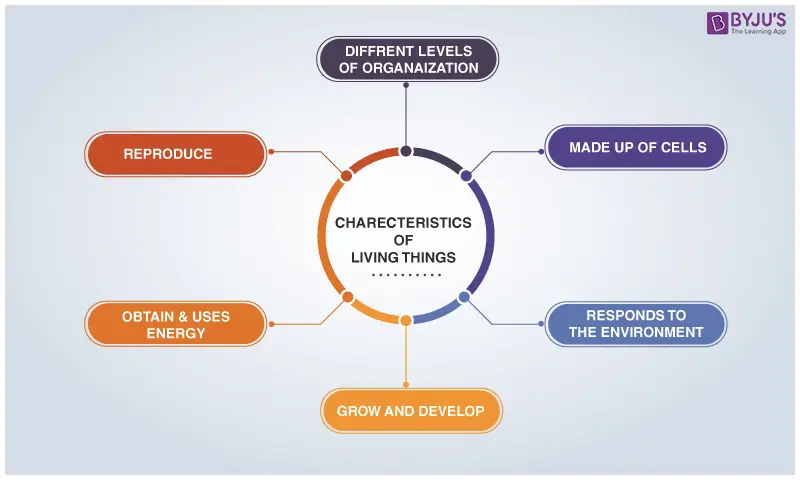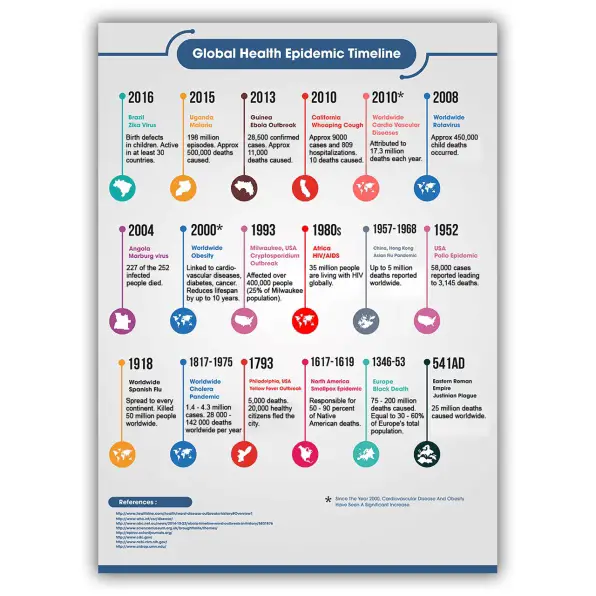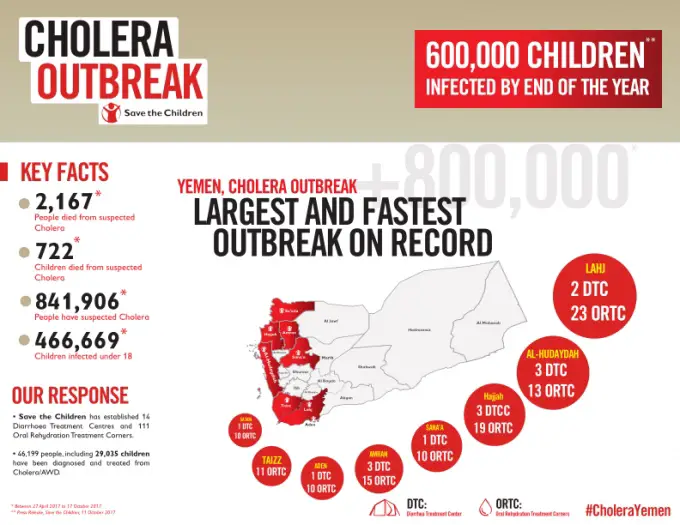We are in a state of society or human civilisation where we are advancing faster than ever before – our creativity, our innovation and our progress seem to be boundless and what wasn’t even a thought not long ago is well on the to becoming reality (Figure 1).
Take the last 50 years, back to 1970. The difference in so many facets of the world is so vastly different between 1970 and 2020. The same can’t be said for the progress made between 1870 and 1920, let alone say between 1370 an 1420. With new fields of study and new professions rapidly emerging, society is advancing at an unprecedented rate. Driverless cars, drones, artificial intelligence and 5G are revolutionising our world. Despite these seemingly boundless gains in so many areas of human endeavour, we are in the midst of yet another disease pandemic. Not “just another” pandemic, but a global pandemic (Figure 2), a global pandemic so serious that the World Health Organisation (WHO) has declared the current coronavirus pandemic a Public Health Emergency of International Concern (PHEIC) (Figure 3).
As a global community, humankind can achieve so much and conquer nearly anything, it seems. However, we are brought to our knees by a virus of just 100 nm in size, which converts to 0.0001 mm, which is unimaginably small.
A virus, which like all viruses, lacks the ability to grow and replicate outside of a host cell – they hijack, if you like, the metabolic machinery of their host cell, which thus changes from maintaining and growing the host cell to simply growing and replicating new virus particles, or virions as they are called (Figure 5).
This all means viruses are not considered living and thus they are not considered lifeforms, because they don’t fulfil the basic criteria of life (Figure 6). So, get your head around this, an entity that doesn’t fulfil the criteria to be called a form of life is striking fear into humanity, resulting in significant morbidity and mortality and crippling the economy, quite possibly the global economy.
As of 31 January 2020, Sarah Knapton reports in the Telegraph (1) that epidemiological modelling by The University of Hong Kong say around 75 000 people are estimated to be infected in Wuhan alone, with the size of the pandemic doubling every six days. As of yesterday, 259 people are believed to have died from the infection with nearly 12 000 infected, officially, report Yeung and George on CNN (2). The interesting aspect to consider, and what I really want to point out here is that disease epidemics and even global pandemics have been occurring for centuries (Figure 7).
While the significance of the eradication of smallpox cannot be understated, especially considering that an estimated 500 million died from it between 1877 and the last known case in 1977, it seems that there are always diseases out there almost waiting to take the place of those which diminish in number of cases, or are eradicated, in the case of smallpox. Like Spanish Flu, caused by an H1N1 influenza virus, killed between an estimated 50 000 000 and 100 000 000 between 1918 and 1920 or what is probably the most famous epidemic in history, the Black Death, caused by Yersinia pestis, which killed an estimated 75 000 000 to 200 000 000 people between 1331 and 1353. Even with recent foodborne diseases, there are still “records” being broken. For example, the Listeria monocytogenes outbreak of 2017 and 2018 in South Africa was the largest in history, anywhere in the world, with 1 060 infected and 216 deaths. Even cholera outbreaks continue to occur, and have been occurring for hundreds of years – the most recent and still ongoing is in Yemen where close to 4 000 people have died and around 1 200 000 cases reported since 2016. Figure 8 shows the impact as of October 2017.
Bacteria, or microorganisms that are not even living (viruses) have decimated humanity over millennia, and continue to do so. All this, while we can do more in the current age than ever before, we are the most advanced, have made the most progress and an unprecedented rate is recent times, yet, infectious diseases still kill, and kill in such significance. Why is it that non-living entities can have such sustained and significant impacts over the the most “superior” of all lifeforms, such an impact that humankind cannot conquer, as wave after wave of infectious diseases sweep the planet. No doubt an interesting point to ponder. Does that make microbiology the most important of all human endeavours? Does that make microbiology worthy of increased attention? Does that make microbiology worthy of increased resources? If one wants to save the world, then the microbial world is a good place to start, and dare I say it, to end – such is the significance of microbiology to society and humankind, that maybe most (is it too bold to say all?) the problems of the world can be addressed and solved through microbiology. So yes, who rules the world? People or microorganisms? I’ll leave you with that thought.
References


